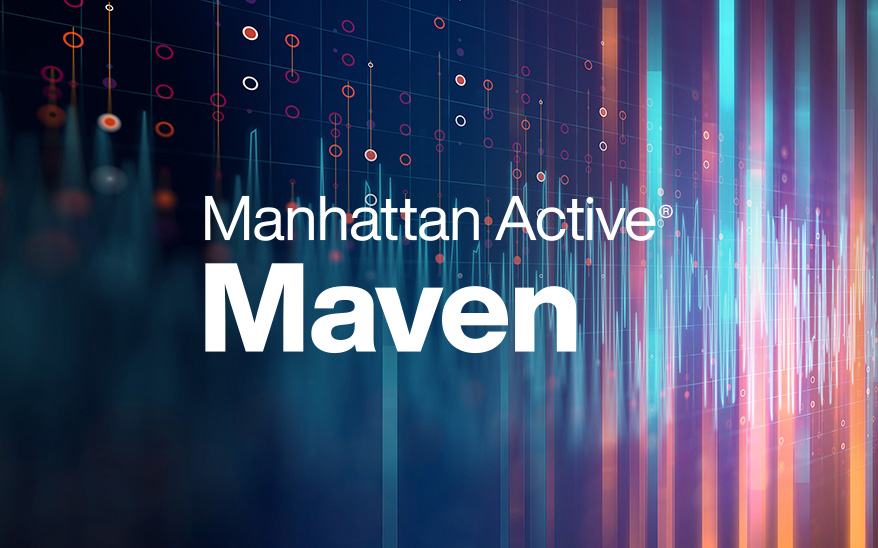Key Attributes of a Robust Gamification Program in Labor Management
- June 3, 2021
- By Steve Banker

This article originally appeared on Forbes.
In May of 2019, the Washington Post reported that “inside several of Amazon’s AMZN 0.0% cavernous warehouses, hundreds of employees spend hours a day playing video games. Some compete by racing virtual dragons or sports cars around a track, while others collaborate to build castles piece by piece. But they aren’t whiling away the time by playing Fortnite and Minecraft. Rather, they’re racing to fill customer orders, their progress reflected in a video game format that is part of an experiment by the e-commerce giant to help reduce the tedium of its physically demanding jobs.”
There is certainly a good deal of skepticism when it comes to the value of gamification. After this article was published, several other articles appeared suggesting that either the Amazon program would not work, was unsafe, or was a cynical maneuver designed to exploit already overburdened workers.
Last year, Manhattan Associates MANH -0.5% introduced gamification functionality in their warehouse management system. The gamification functionality is used to improve performance and employee retention in the warehouse. At this year’s online user conference, Manhattan Momentum, the company announced that several customers were live with this functionality or were in the process of implementing it.
At the Momentum conference, there was also an interesting presentation by Karl Kapp, a professor of instructional technology at Bloomsburg University, on this topic. Gamification “uses game-based mechanics, aesthetics and game-thinking to engage people, motivate action, promote learning and solve problems.” Professor Kapp’s thesis is that gamification is “based on sound, evidence-based motivational principles that have been shown time and time again to result in higher employee satisfaction and increase overall performance.”
Historically, engineered labor standards were used to drive productivity increases in the warehouse. Manhattan’s labor management system (LMS) can be used to enforce labor standards. Granular labor standards are used to define labor productivity goals. These goals are designed to keep workers utilized and productive. Fair productivity targets do not cause workers to feel rushed or overwhelmed if they are performing the tasks correctly.
Workers are expected to meet their productivity goals. If they don’t, they are coached, or receive negative reinforcement, or if bad productivity is habitual, they can be fired. Companies typically get a significant wave of productivity – double digit increases in picking productivity - from a labor standards initiative. Then some companies follow this up with a bonus plan for workers that exceed goal which drives a second wave of productivity gains.
But in recent years, attracting and retaining associates for the warehouse has become a priority for many companies. For many companies, labor retention is more of a priority than maximizing picking efficiency. It is not unusual for ecommerce warehouses to have employee turnover of over 100%. Further, the US Labor department recently reported that job openings reached a record level of 8.1 million at the end of March, reflecting a widening gap between open positions and workers willing and able to take less desirable jobs.
Historically, a labor standards program, particularly one without bonuses and incentives, has felt more like a slap than a hug. In theory, a gamification program will increase both warehouse associate retention and productivity.
Key Attributes of a Robust Gamification Program
What is a well thought out approach to gamification? According to Dr. Kapp, there are several key attributes.
Motivation can be increased by:
1. Fulfilling people’s need for autonomy can improve a work culture. In terms of autonomy, in a warehouse setting there would be an expectation for a base amount of work to be done, but then associates could earn more points for higher levels of productivity. Reaching a certain point level could allow an individual (or team) to earn some prizes – money, prizes, badges, recognition, or days off. Autonomy means that the associate gets to choose. An associate may choose to compete on a certain day or choose not to.
Giving associates choice on how hard to work and allowing them to measure their competence depends upon being able to provide instant access to an associate on their score. It also means that they system should fairly measure the work done. To do this, the difficulty of the work must be factored in. Labor management systems embedded in modern warehouse management systems can do this amazingly well if the goals are based on engineered labor standards. These systems can understand that one pick requires walking 100 yards and another pick only walking 10 yards, or that it takes longer to reach up and pick something on the top row than something in a middle row.
2. Feelings of relatedness can contribute to motivation. Humans have an intrinsic need to feel connected to other people. Professor Kapp pointed out that when people are involved in a common activity, they can experience a feeling of “healthy competition and comradery.” Gamification can allow two people to compete on a leader board and message each other about their performance. Or gamification can be based on how one team is doing in comparison to another and allow for one team member to encourage another to a higher level of performance.
3. Flow theory posits that work has a right level of difficulty. If work is too easy, it becomes mundane and boring. If it is too difficult, workers get discouraged. When people have a task that is challenging, but not too hard, they can get in the flow and time passes much more quickly.
A properly designed gamification program aligns an individual’s perception of their interest with the interest of organization.
Gamification and Labor Management
I have been having conversations with Peter Schnorbach - the senior director of product management at Manhattan Associates - about labor issues at warehouses for years. Peter’s product management responsibilities are for the labor management application which includes the gamification functionality.
After seeing the presentations at Momentum on gamification, I had a few thoughts I shared with Peter to get his reaction.
Steve: If the goal is straight out productivity gains, engineered labor standards are hard to beat.
Peter: That’s true, but very few customers are only focusing on productivity. Retention and turnover are big problems these days. Without happy and satisfied employees, they leave.
Steve: Labor management systems (LMS) based on engineered labor standards have some of the attributes of gamification, but not all of them.
Peter: I disagree. LMS has no gamification. You can, however, design a program around LMS that does have gamification (features). Posting results on a wall, rewarding high performers, etc. But without transparency and real time feedback those tend to fall short. We have “productized” the aspects of gamification that many companies struggle with.
Steve: Advanced gamification can be done without engineered labor standards, and some productivity would occur. But used without the labor standards, the main goal is probably retention.
Peter: I believe you can drive as much productivity with gamification as you can with traditional engineered labor standards, but you would have a hard time measuring it. If you designed a program around throughput only, you could drive a lot of productivity.
Steve: It looks like your new platform is a good way for managers to experiment and learn what kinds of contests work best. It might make sense to run more contests during peak season. The contests can be turned on and off like a spigot, but by not overusing them they would be more effective when needed.
Peter: Yes, I agree. They (companies) need to be creative and change things up.
Steve: When it comes to experiments, it may be that prizes – pizza with friends on your team, swag, days off, etc. – provide higher productivity at a lower cost than just bonuses tied to higher performance.
Peter: Agreed. Karl (Kapp) and I have talked about that. He agrees that the size of the prize is not necessarily that important.
In conclusion, these gamification programs are new; we don’t yet have good data on whether well designed gamification programs do improve both productivity and retention of warehouse workers. But it sure looks promising.





